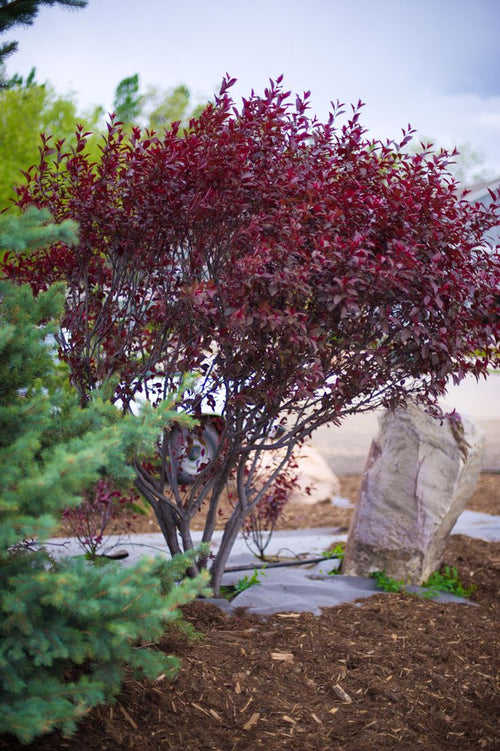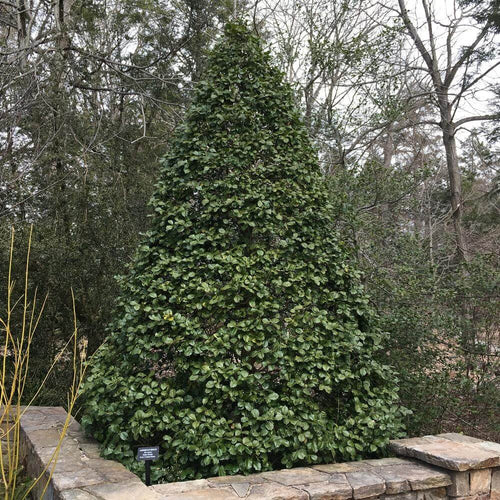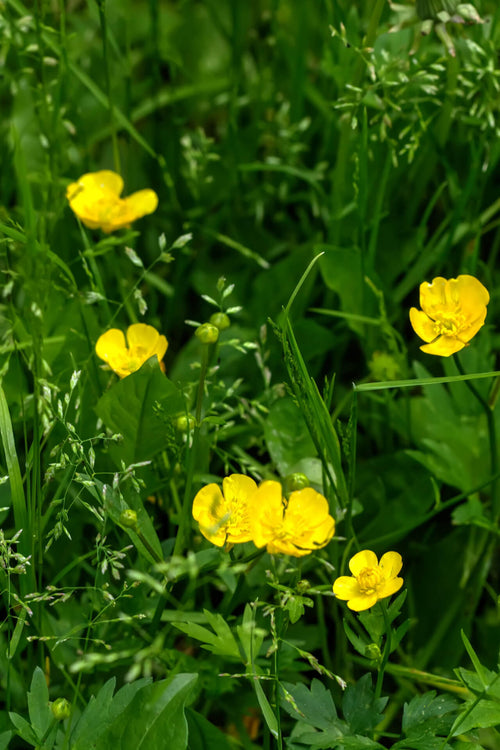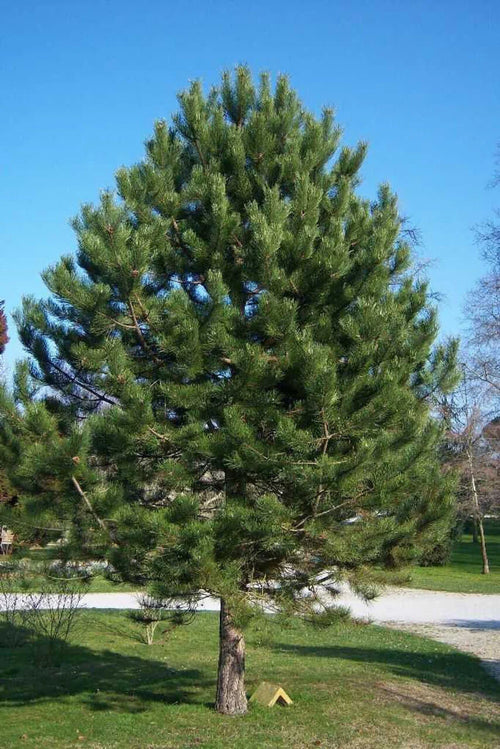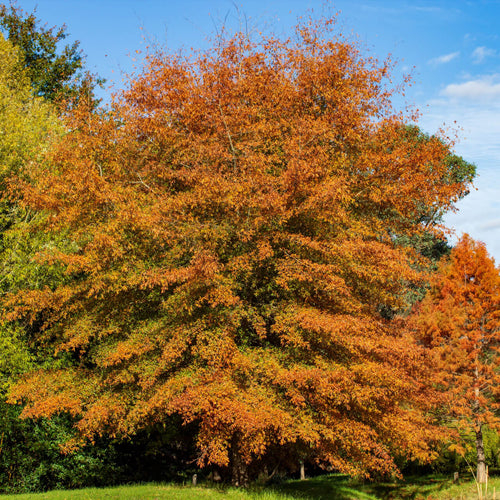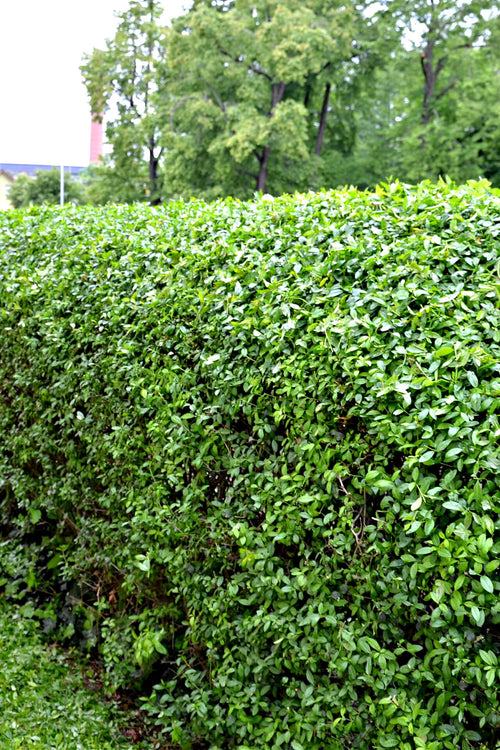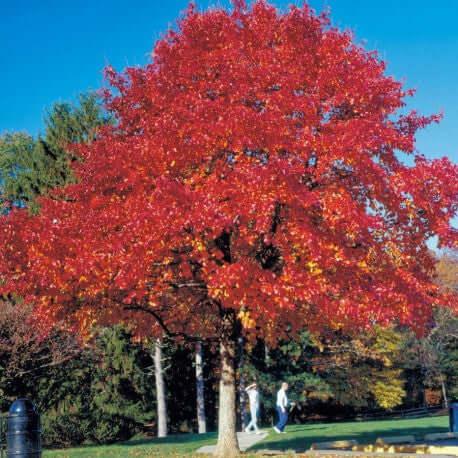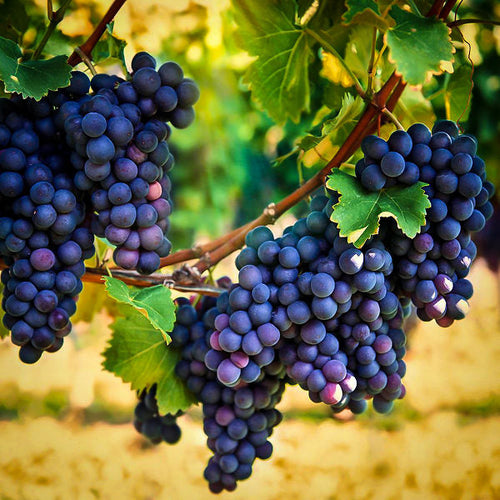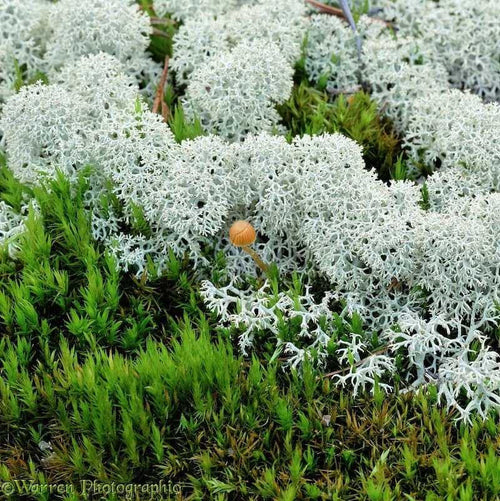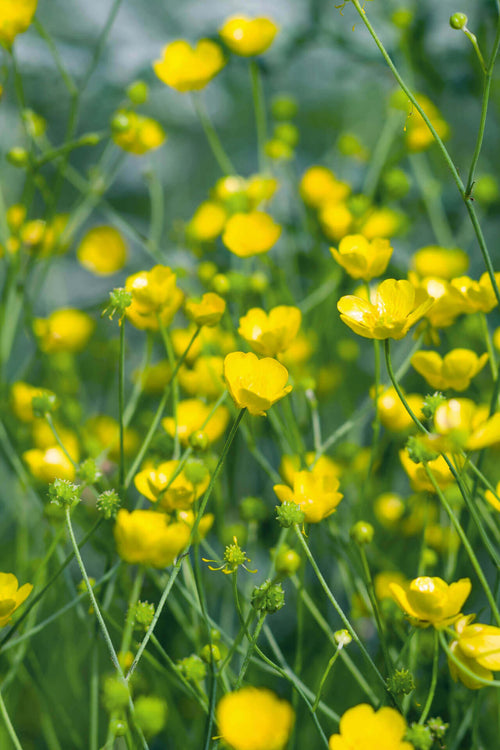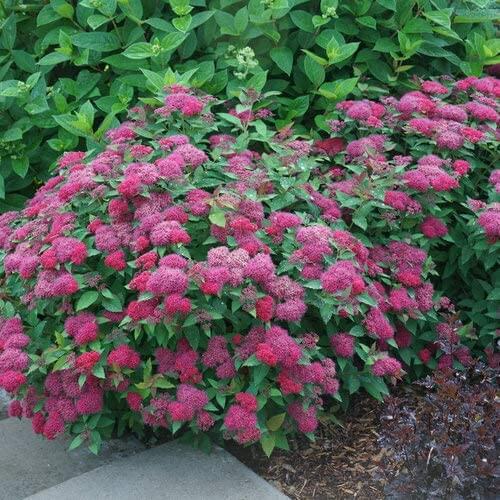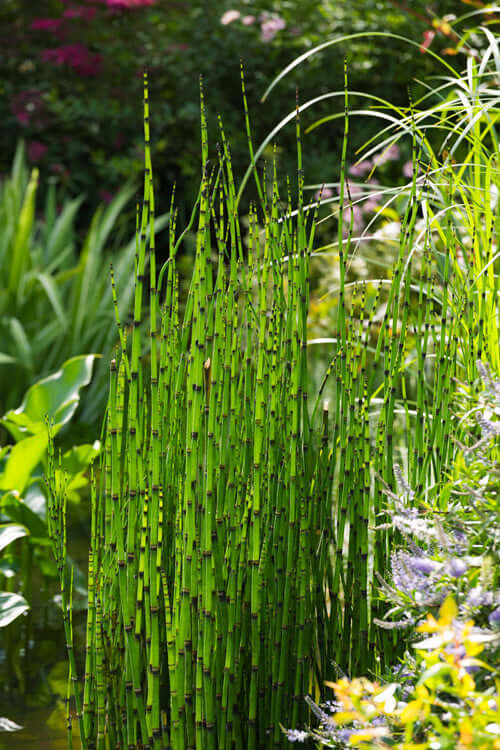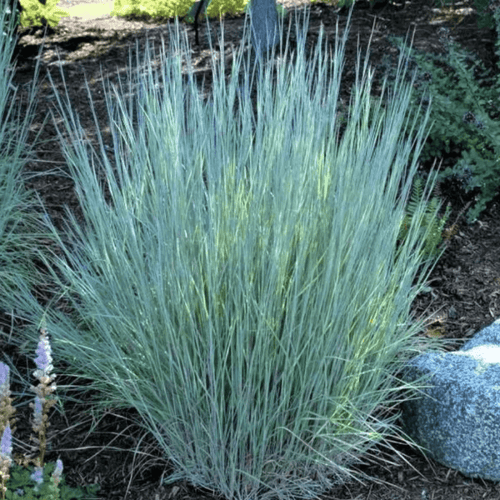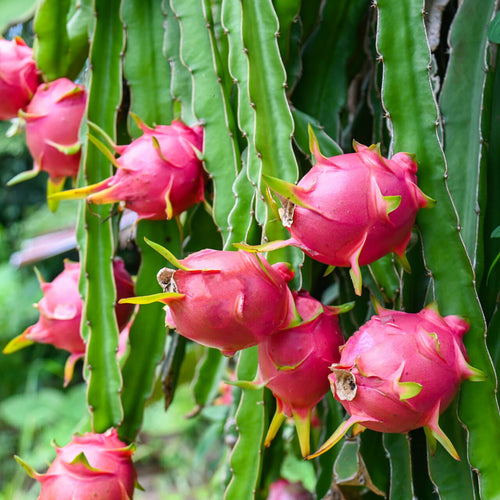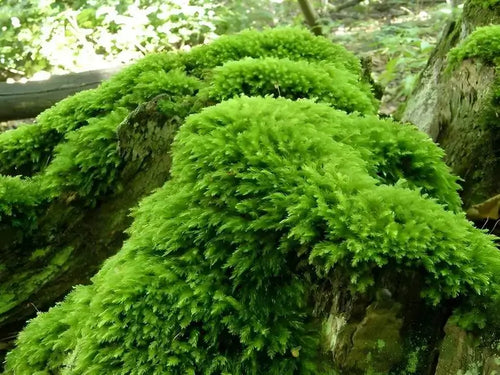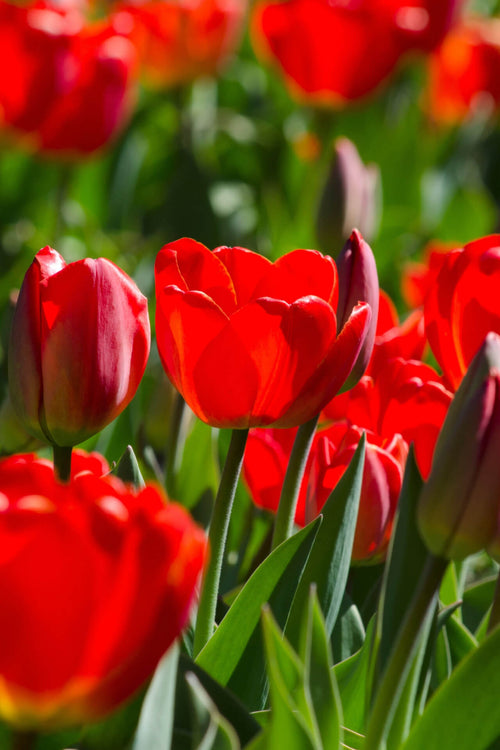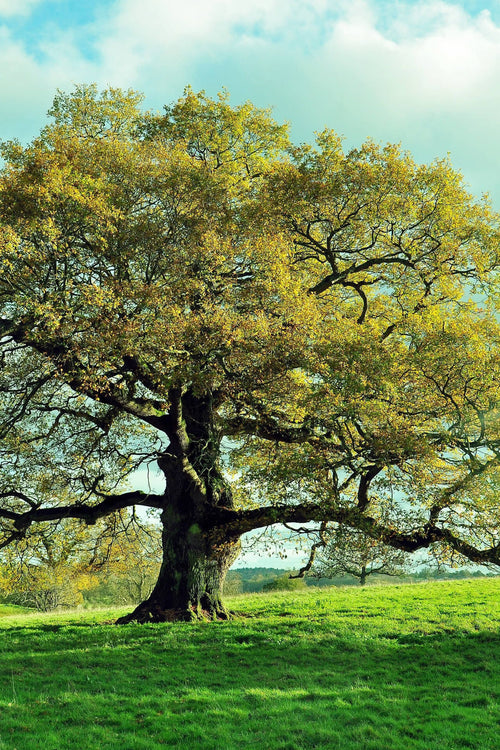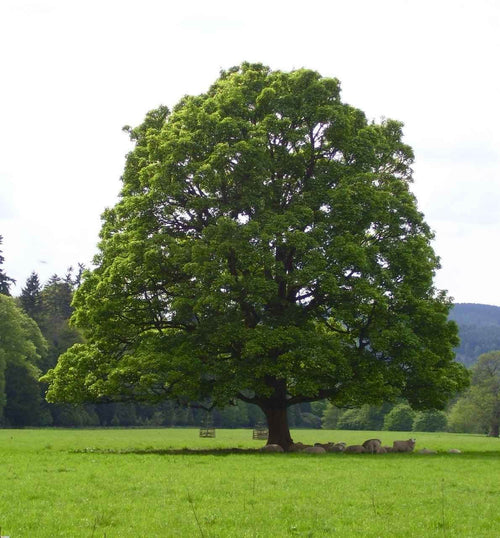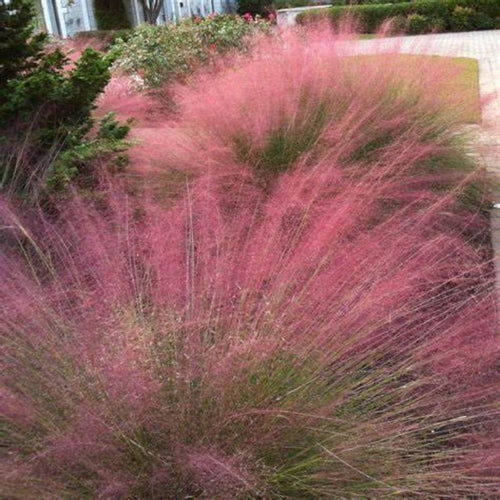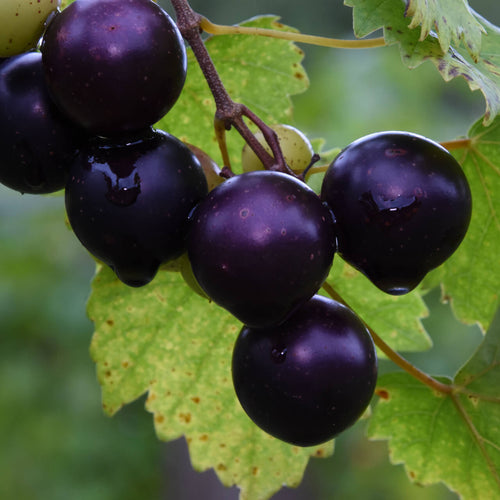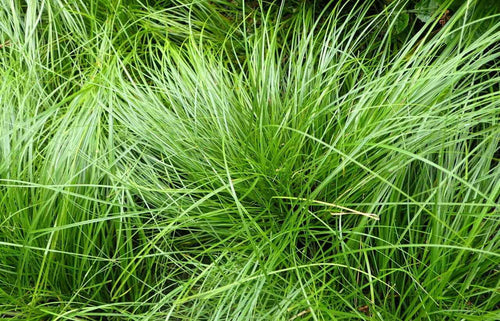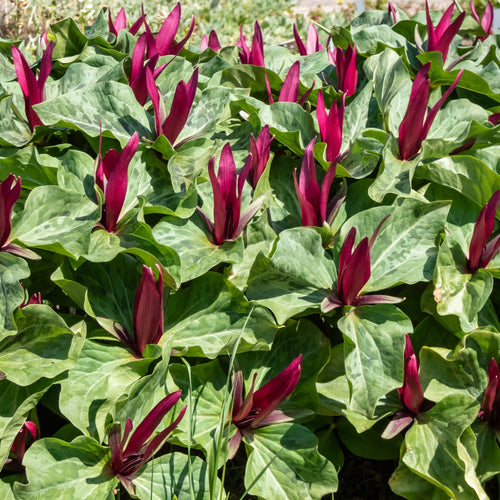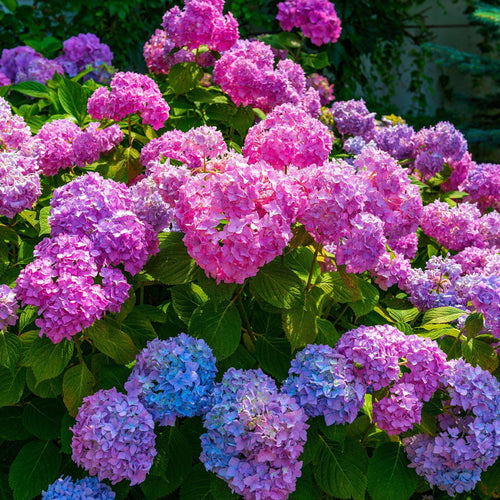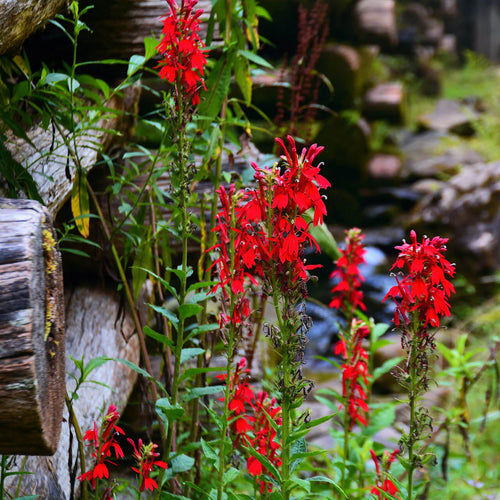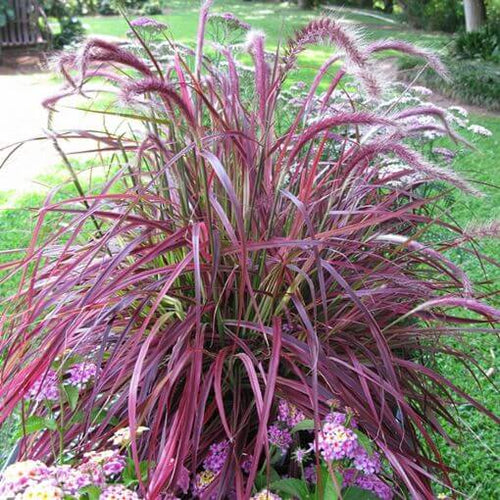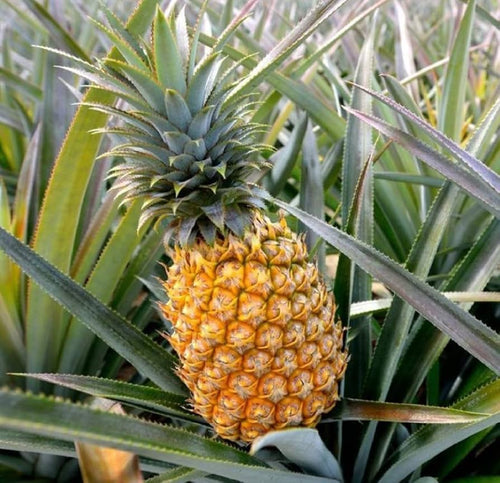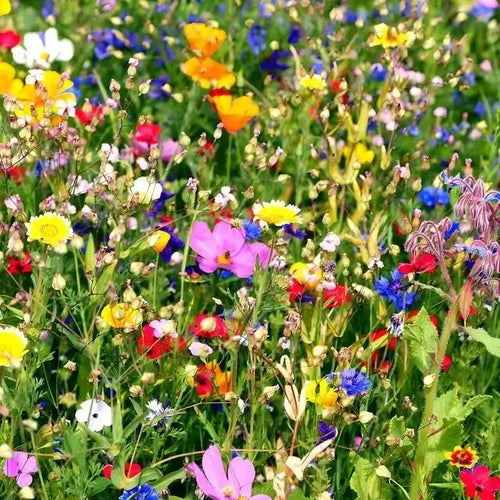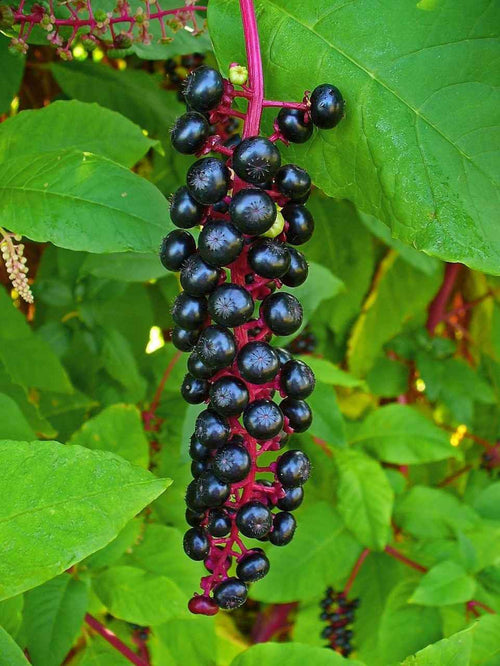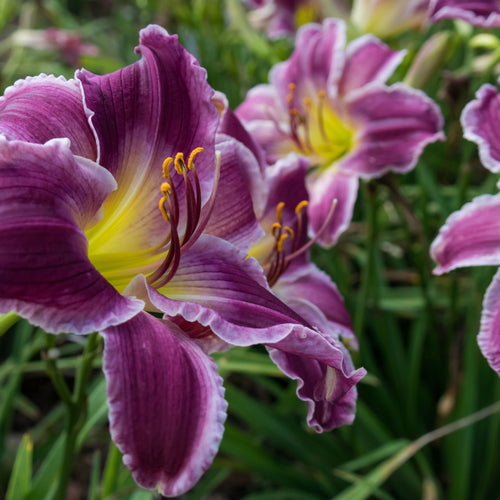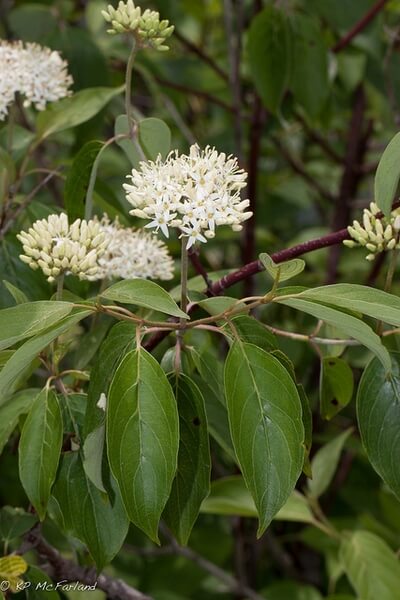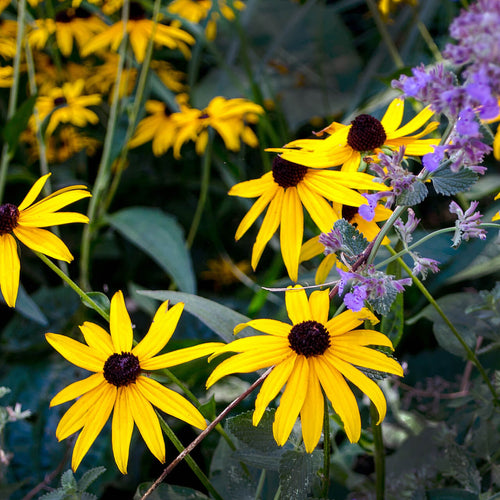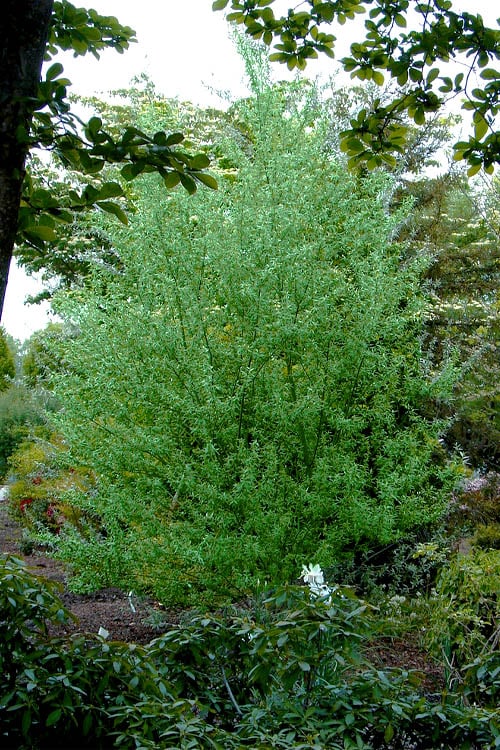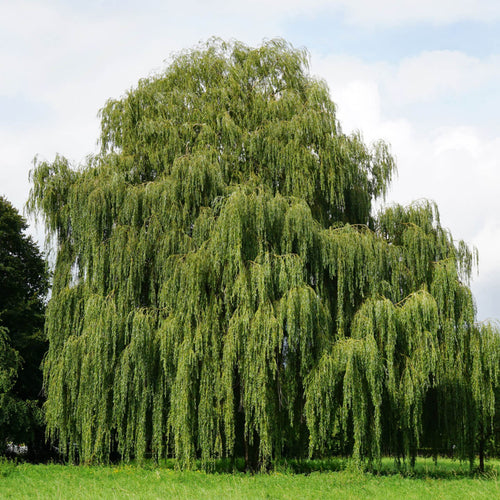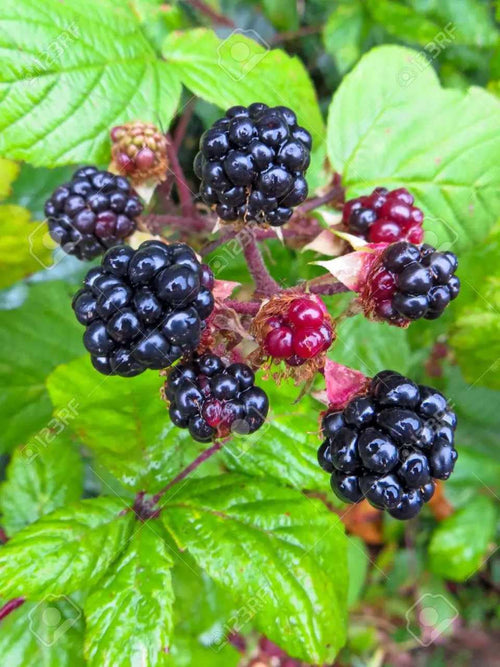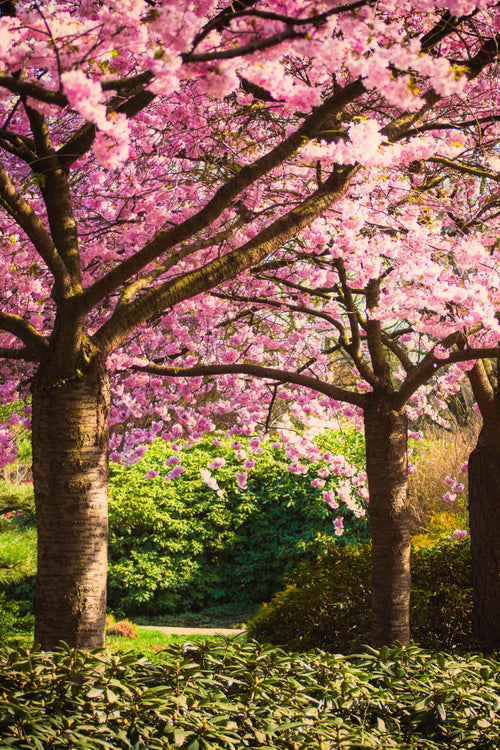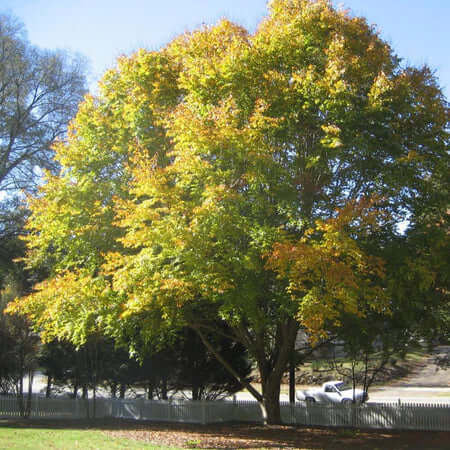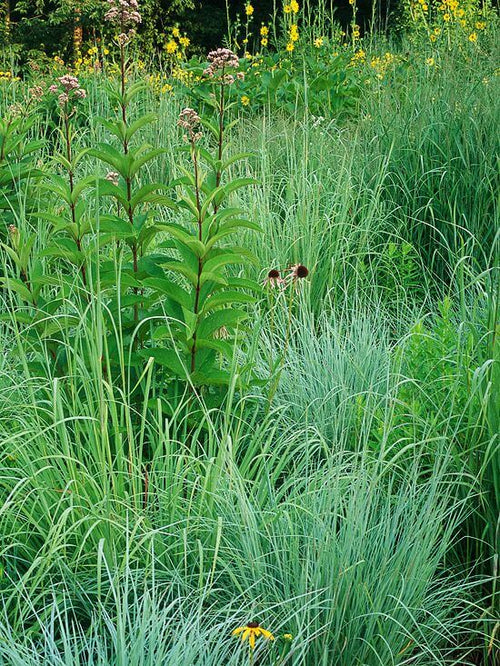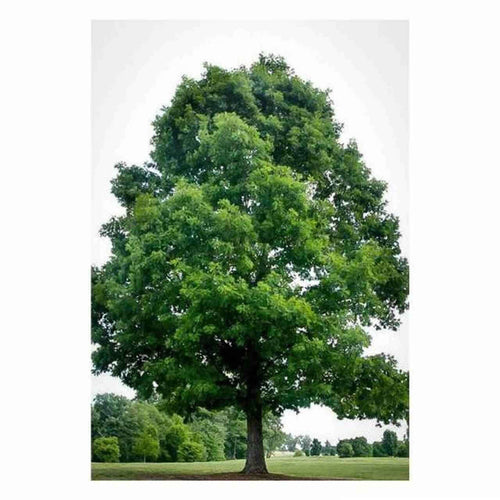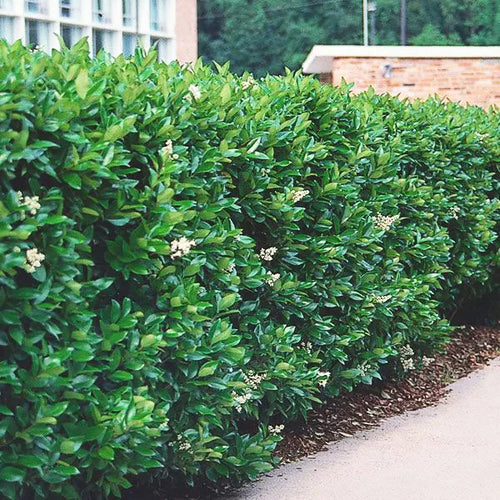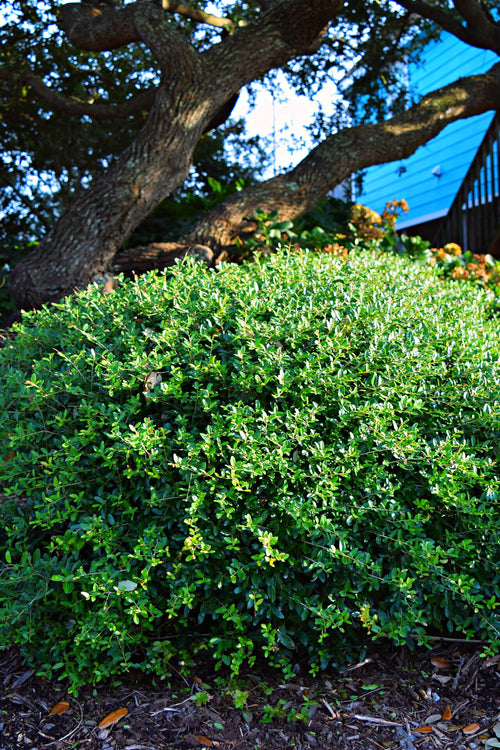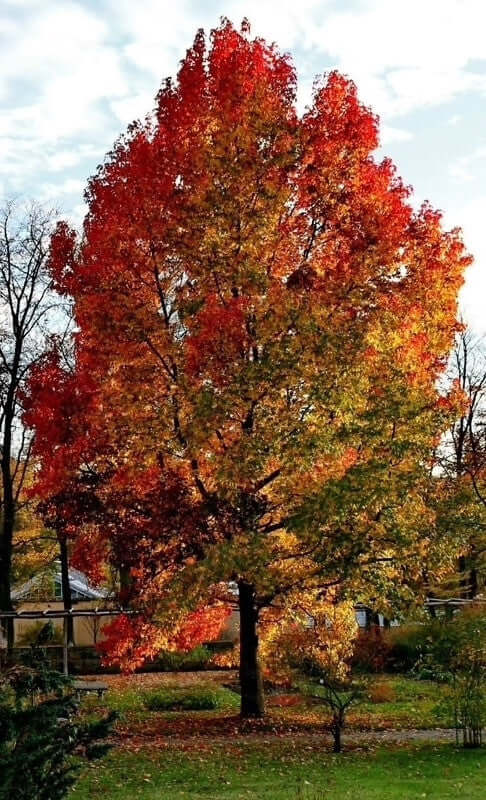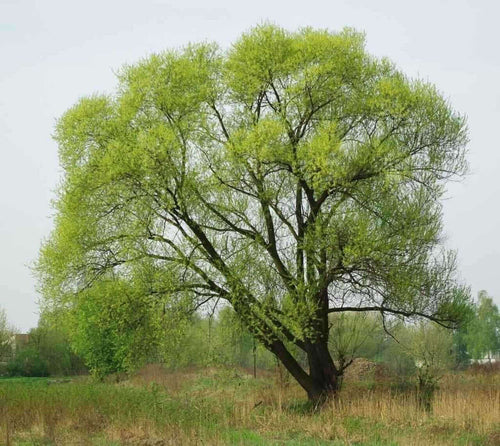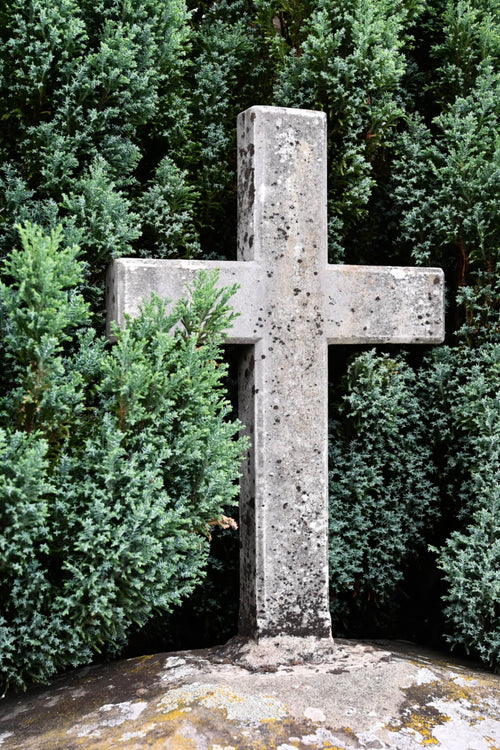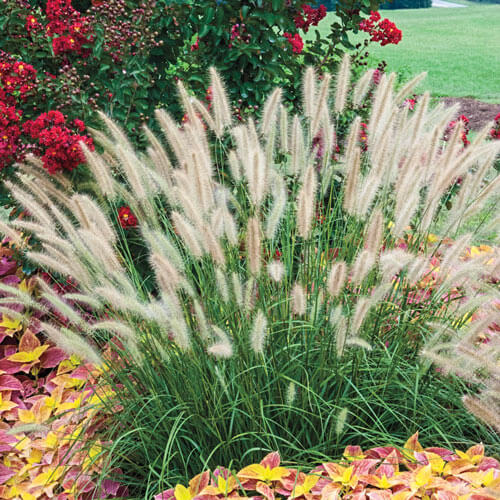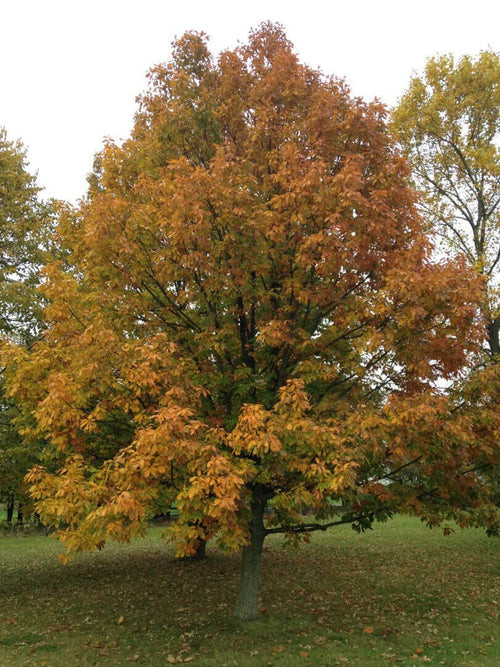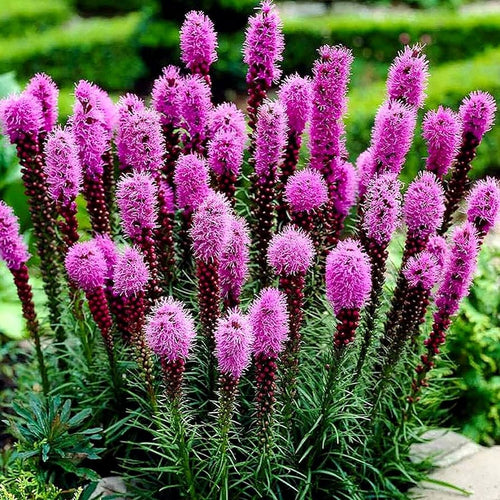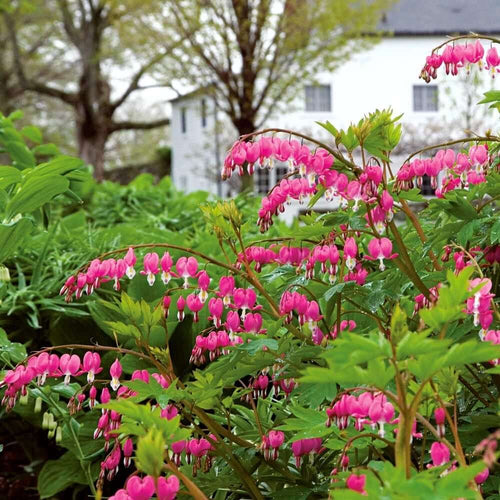Grape Vine - Buy 1, Get 2 More Free!
Our grape vines are mature and XL, fruit bearing age. Your not just getting a tiny plant, but a large 3'+ plant. We have 4 varieties of grape vines in stock. These go fast.
Fresh Dug, Exact Images Of Our Grape Vines Dug Today
Have you ever seen roots like our mature, fruiting grape vines has! Plant these and have a vineyard now! Buy elsewhere for $188, But Why? We are a DTC Brand, Grower Direct to the public. Will these grape vines last long? Absolutely not!
Concord grape vines, scientifically known as Vitis labrusca 'Concord,' are a mesmerizing and robust addition to any garden or vineyard. These vines are renowned not just for their delectable fruit but also for their captivating beauty and symbolism.
TN Nursery Has Mature Fruiting Age Grape Vines
Cmncord Grape Vine
The Concord grape vine is a deciduous woody vine that can reach impressive lengths, often stretching up to 20-30 feet or even more. Its thick, gnarled stems boast a rustic charm, with bark that peels in shreds to reveal the vine's history and endurance. As the vine matures, it takes on a rugged appearance, its woody tendrils intertwining, creating intricate patterns against the sky.
Concord grape vines transform dramatically throughout the seasons, each phase offering unique visual appeal. In spring, tender green leaves emerge, unfurling like delicate umbrellas. These leaves are deeply lobed and alternate along the vine, offering a lush, vibrant backdrop to the emerging clusters of flowers. Come early summer, the Concord grape vine bursts into a symphony of colors. Small, fragrant flowers appear, adorning the vine with clusters of delicate petals ranging from creamy white to pale green. These blossoms serve as pollinators' havens, attracting bees, butterflies, and other insects, contributing to the local ecosystem's vitality.
As summer progresses, these blossoms give way to the signature fruit of the Concord grape vine, the grape clusters. The grapes are small to medium-sized, with a deep, rich purple-black hue that seems to absorb sunlight. These fruit clusters hang gracefully from the vine, suspended like jewels.
The vines continue to mature through the summer, and the grapes become plumper and succulent, providing valuable shade with their thick, abundant foliage. This lush canopy offers a serene refuge from the heat, making the area beneath the vine an inviting retreat during the hottest months.
In the fall, as temperatures drop and daylight hours shorten, the leaves of the Concord grape vine undergo a breathtaking transformation. Their green hues shift to warm, earthy tones, ranging from profound reds to brilliant yellows and oranges. The vine's leaves appear ablaze with the colors of autumn, casting a captivating and magical spell over any observer.
Concord grape vines are more than just botanical wonders; they are symbols of endurance and the passage of time. They embody the cycle of life, from the tender beginnings of spring to the fruitful abundance of summer and the graceful aging of autumn. These vines offer their delicious fruit and a timeless beauty that enchants the senses and connects us to the natural world's rhythms and mysteries.
Cawtaba Grape Vine
Catawba grape vines (Vitis labrusca 'Catawba') are a captivating and robust grapevine variety that captivates the senses and embodies the essence of American viticulture. These vines are renowned for their historical significance, versatility, and unique aesthetic qualities, making them an enchanting addition to any vineyard or garden.
Catawba has grown with care and attention for over two centuries, resulting in a grapevine showcasing the best American winemaking. Its rich history is a testament to the passion and dedication of generations of vintners who have nurtured this vine to produce exceptional wines enjoyed by wine lovers worldwide. Catawba is a true gem of American winemaking. Originating in the Catawba River Valley of North Carolina, this cultivar quickly gained popularity due to its adaptability to diverse climates and its resilience in harsh weather conditions.
Catawba exhibits an extraordinary vitality that extends beyond their practical use. These vines boast stunning ornamental qualities with lush, heart-shaped leaves that transform into a vivid kaleidoscope of autumnal hues, ranging from fiery reds to deep purples. In the spring, they bloom with delicate, fragrant flowers that beckon pollinators with their ethereal beauty.
The tendrils of Catawba vines wind and curl their way up trellises and arbors, creating a mesmerizing labyrinth of greenery that evokes a sense of timeless elegance. Their slender stems and gracefully arching canes lend an artistic touch to terrains, making them a favored choice.
Furthermore, Catawba contributes to biodiversity by providing shelter and sustenance for wildlife, from songbirds to insects. Their presence in a garden or vineyard undoubtedly establishes a harmonious ecosystem that is a true reflection of nature's intricate interconnectedness.
In conclusion, Catawba is more than just a source of grapes; they symbolize resilience, history, and natural beauty. These vines can transform any space into a tranquil oasis, where the echoes of the past meet the promise of the future and where the artistry of nature is on full display for all to admire.
Fredonia Grape Vine
Fredonia Grape Vines, known scientifically as Vitis labrusca 'Fredonia,' is a captivating and revered cultivar in viticulture. These grapevines are not simply plants but living tapestries of nature's artistry and the embodiment of agricultural heritage. While their primary purpose may not be for consumption, the Fredonia offers many remarkable qualities and characteristics that make them a cherished addition to gardens, landscapes, and vineyards.
These vines are renowned for their vigorous growth and resilience, displaying a remarkable vitality that allows them to thrive in various climates and soils. Their robust nature can withstand harsh weather conditions, making them a favorite among horticulturists and viticulturists. Fredonia possesses a remarkable ability to adapt, embodying the enduring spirit of nature itself.
One of their most distinctive features is their foliage. The leaves are large, heart-shaped, and a deep green color. They provide an attractive backdrop to the clusters of grapes and serve a vital role in the vine's photosynthesis and overall health. The foliage crinkles gently in the breeze, creating a soothing sound that contributes to the serene ambiance of the garden or vineyard.
In the spring, these vines burst forth with clusters of small, spherical grapes, each a unique masterpiece of nature. These grapes can also be utilized for ornamental purposes, as they lend an air of sophistication to any landscape.
As the seasons progress, Fredonia Grape Vines offers a captivating display of color transformation. The leaves undergo a breathtaking metamorphosis in the fall, turning vibrant shades of crimson, orange, and gold. This autumnal spectacle transforms the landscape into a picturesque scene, evoking a sense of nostalgia and wonder.
Beyond their aesthetic appeal, Fredonia Grape Vines also hold cultural significance. They connect to the time-honored winemaking tradition, weaving the past and present in a tangible tapestry of heritage. With their history and enduring beauty, these vines are a testament to humanity's deep-rooted relationship with the land and its fruits.
In conclusion, Fredonia Grape Vines are more than just plants; they embody nature's resilience, beauty, and cultural significance. These vines offer a symphony of visual and tactile delights throughout the seasons, enriching our lives with their enduring presence. Whether in a garden, landscape, or vineyard, Fredonia Grape Vines are a testament to the enduring bond between humans and the natural world.
Niagara Grape Vines
Niagara grape vines (Vitis labrusca 'Niagara') are a fascinating embodiment of nature's intricate design.
Niagara belongs to the Vitis labrusca species and is native to the eastern United States and southeastern Canada. They are esteemed for their lush, verdant foliage, which unfurls in late spring and transforms into a luxuriant sea of green as the growing season progresses. The leaves are characterized by their distinctive three-lobed shape, showcasing serrated edges that catch the sunlight, creating a mesmerizing play of shadows and light.
What truly distinguishes Niagara, however, is its intricate tendrils. These delicate, curling structures emerge from the vine's nodes, seeking support as they gracefully wrap around nearby objects. As the tendrils embrace their chosen support, they stabilize the vine and enable it to reach for the heavens. It's a testament to nature's ingenuity, as these tendrils ensure the vine's upward ascent, a poetic dance of growth and adaptability.
The Niagara undergoes a remarkable transformation throughout the summer as clusters of small, greenish-white flowers emerge. Each blossom carries an enchanting fragrance, attracting pollinators such as bees and butterflies and contributing to the ecosystem's vitality. These blossoms eventually give way to small, green grapes that gradually mature into the luscious, translucent orbs for which the vine is known. However, in the context of this description, we must resist the temptation to delve into the culinary realm of these grapes, focusing instead on the aesthetic and ecological aspects.
Niagara undergoes yet another stunning metamorphosis in autumn as its leaves and tendrils turn brilliant shades of red, orange, and gold. This fiery display against the backdrop of deep green vines is a striking testament to the vibrancy of the natural world during the changing seasons. It's a sight that captures the essence of transition and the ever-evolving beauty of our environment.
Niagara also provides habitat and sustenance for various wildlife species in their natural splendor. Birds often find refuge among the foliage, feasting on insects and seeking shelter within the tangled labyrinth of vines. Small mammals may also utilize the vine's dense growth for protection and nesting.
In conclusion, Niagara is more than just a source of delicious grapes; they are a symphony of botanical artistry, adaptability, and ecological significance. These vines evoke a sense of wonder within the natural world with their tendrils, foliage, blossoms, and seasonal transformations. From the delicate tendrils reaching for support to the vibrant autumnal display, Niagara grape vines remind us of nature's ceaseless creativity and its intricate interplay of form and function.

